Lockheed
P-38 Lightning
| Role | |
|---|---|
| National origin | United States |
| Manufacturer | Lockheed Corporation |
| First flight | 27 January 1939 |
| Introduction | July 1941 |
| Retired | 1949 (United States Air Force) 1965 (Honduran Air Force) |
| Primary users | United States Army Air Forces Free French Air Force |
| Produced | 1941–45 |
| Number built | 10,037 |
| Developed into | Lockheed XP-49 Lockheed XP-58 |
.
History Lockheed Martin Aircraft
Lockheed P-38 Lightning
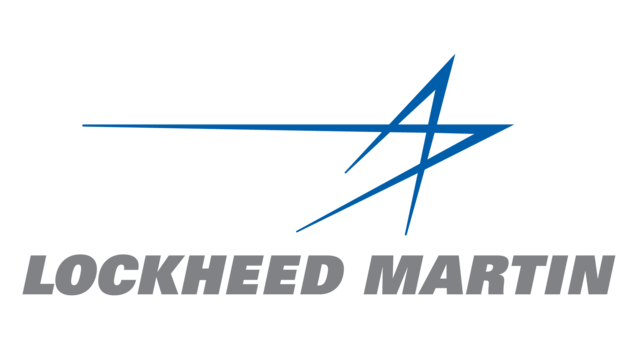
The Lockheed P-38 Lightning is an American single-seat, twin piston-engined fighter aircraft that was used during World War II. Developed for the United States Army Air Corps (USAAC) by the Lockheed Corporation, the P-38 incorporated a distinctive twin-boom design with a central nacelle containing the cockpit and armament. Along with its use as a general fighter, the P-38 was used in various aerial combat roles, including as a highly effective fighter-bomber, a night fighter, and a long-range escort fighter when equipped with drop tanks. The P-38 was also used as a bomber-pathfinder, guiding streams of medium and heavy bombers, or even other P-38s equipped with bombs, to their targets. Used in the aerial reconnaissance role, the P-38 accounted for 90 percent of American aerial film captured over Europe
Lockheed formed a secretive engineering team to implement the project apart from the main factory; this approach later became known as Skunk Works. The Lockheed design team, under the direction of Hall Hibbard and Clarence "Kelly" Johnson, considered a range of twin-engined configurations, including both engines in a central fuselage with push–pull propellers..
Operational history
 |
|
| A P-38 Lightning warbird over Chino Airport in 2009 |
0
KmCeiling
0
KmRange
0
km/hAircraft Speed
0
Max Crew
Photo Gallery
Lockheed Martin Aircraft
Lockheed P-38 Lightning


Lockheed Martin Aircraft
Lockheed P-38 Lightning
General characteristics
-
- Crew: 1
- Length: 37 ft 10 in (11.53 m)
- Wingspan: 52 ft 0 in (15.85 m)
- Height: 12 ft 10 in (3.91 m)
- Wing area: (30.43 m2)
Powerplant
-
- Empty weight: (5,806 kg)
- Gross weight: (7,938 kg)
- Max takeoff weight: (9,798 kg)
- Powerplant: 2 × Allison V-1710 (-111 left hand rotation and -113 right hand rotation) V-12 liquid-cooled turbo-supercharged piston engine, 1,600 hp (1,200 kW) each WEP at 60 inHg (2.032 bar) and 3,000 rpm
Specifications
-
- Maximum speed: 414 mph (666 km/h, 360 kn) on Military Power: 1,425 hp (1,063 kW) at 54 inHg (1.829 bar), 3,000 rpm and 25,000 ft (7,620 m)
- Cruise speed: (443 km/h,
- Stall speed: 169 km/h,
- Combat range:(2,100 km,
- Ferry range: 5,300 km,
- Service ceiling: (13,000 m)
Performance
-
Guns:
- 1× Hispano M2(C) 20 mm cannon with 150 rounds
- 4× M2 Browning machine gun 0.50 in (12.7 mm) machine guns with 500 rpg.
- Rockets: 4× M10 three-tube 4.5 in (112 mm) M8 rocket launchers; or:
-
Bombs:
- Inner hardpoints:
- 2× 2,000 lb (907 kg) bombs or drop tanks
- Inner hardpoints:
-
Links to Youtube & Others
The Lightning was modified for other roles. In addition to the F-4 and F-5 reconnaissance variants, a number of P-38Js and P-38Ls were field modified as formation bombing "pathfinders" or "droopsnoots
Lockheed Martin Lockheed P-38 Lightning
A number of Lightnings were modified as night fighters. Several field or experimental modifications
Youtube Link
The 5,000th Lightning built, a P-38J-20-LO, 44-23296, was painted bright vermilion red, and had the name YIPPEE painted on the underside of the wings in large white letters,


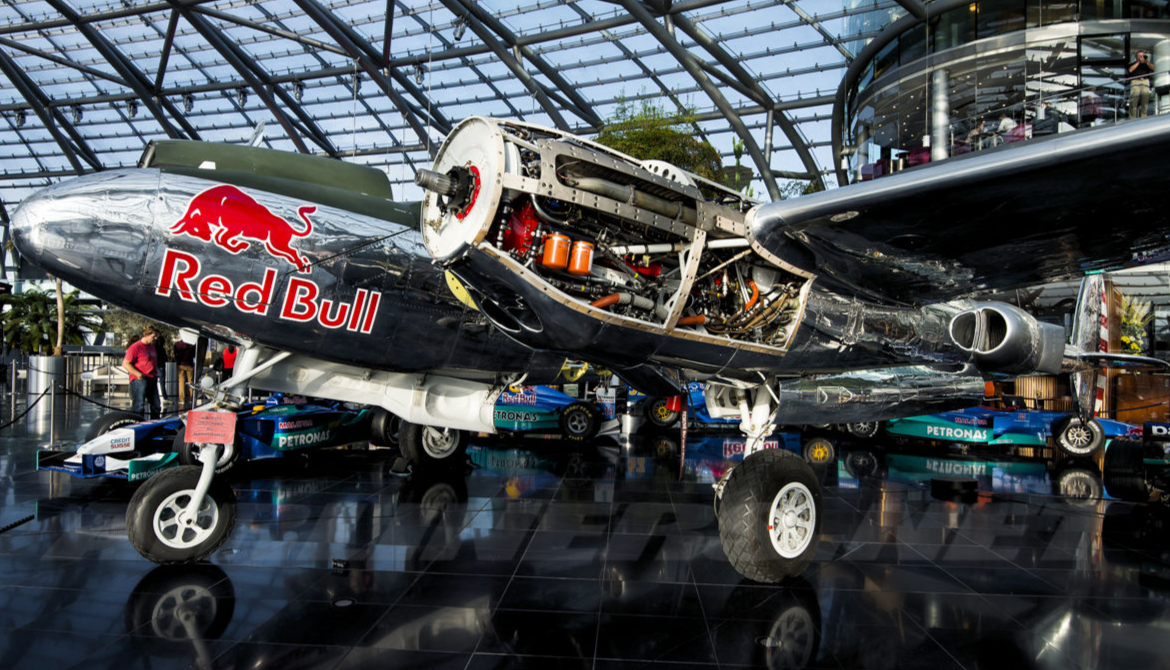

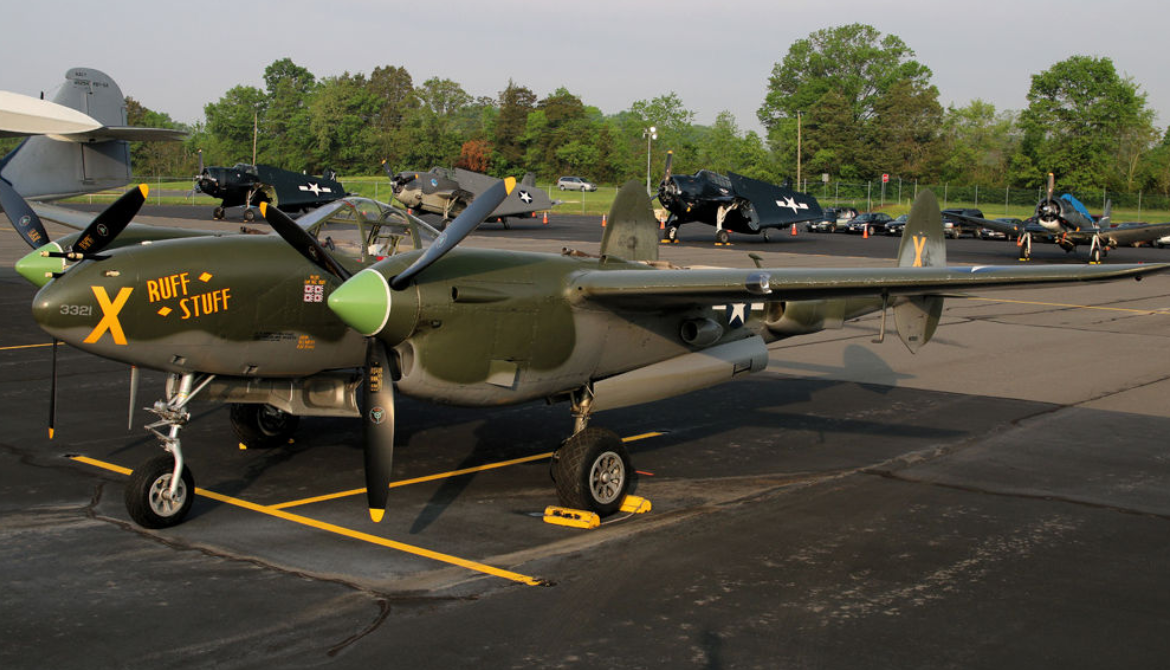
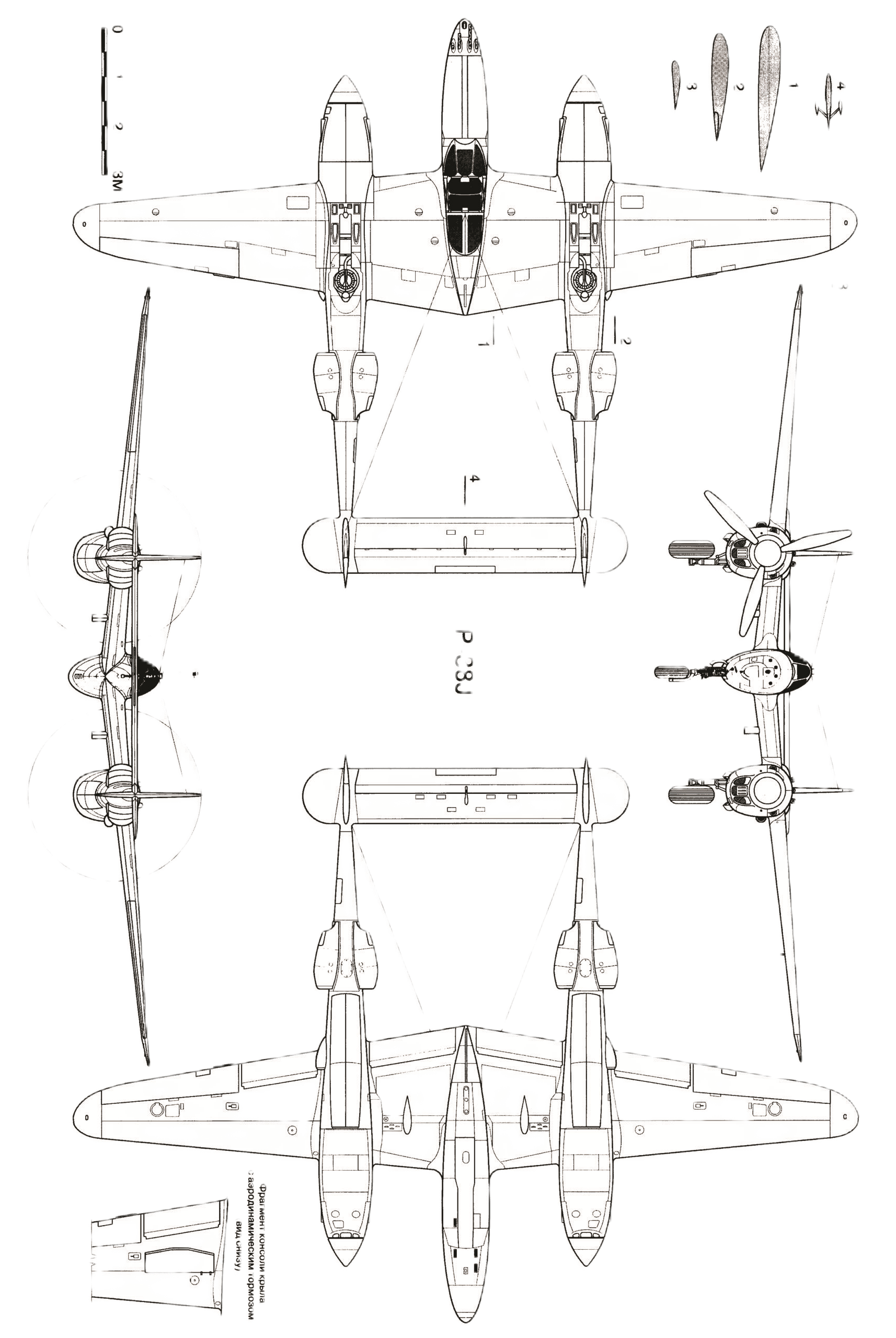

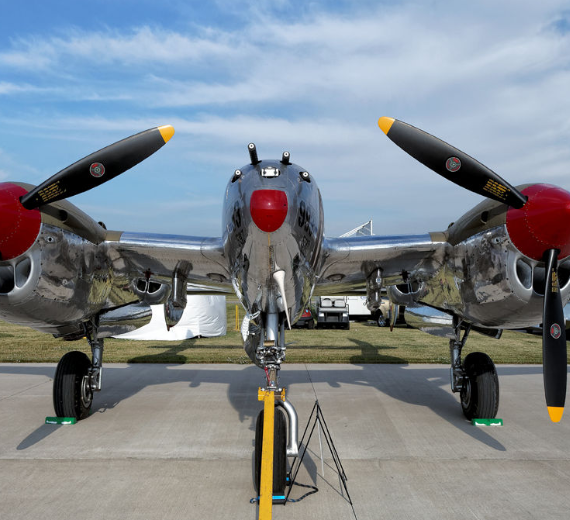



.png)


